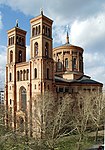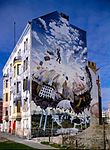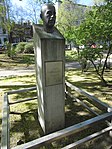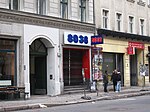Georg-von-Rauch-Haus
Berlin building and structure stubsSquats in Germany
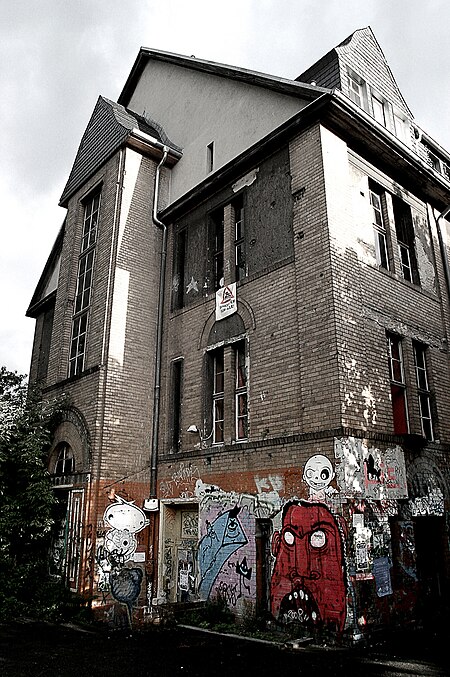
Georg-von-Rauch-Haus (named after Georg von Rauch) is a Berlin squat established in 1971. The building was formerly a residence for nuns. It was one of the first squats in West Berlin and an important center for the city's left-wing/countercultural milieu in the early 1970s. It inspired Ton Steine Scherben's "Rauch-Haus-Song".
Excerpt from the Wikipedia article Georg-von-Rauch-Haus (License: CC BY-SA 3.0, Authors, Images).Georg-von-Rauch-Haus
Mariannenplatz, Berlin Kreuzberg
Geographical coordinates (GPS) Address External links Nearby Places Show on map
Geographical coordinates (GPS)
| Latitude | Longitude |
|---|---|
| N 52.50486 ° | E 13.42439 ° |
Address
Georg von Rauch-Haus
Mariannenplatz 1a
10997 Berlin, Kreuzberg
Germany
Open on Google Maps
